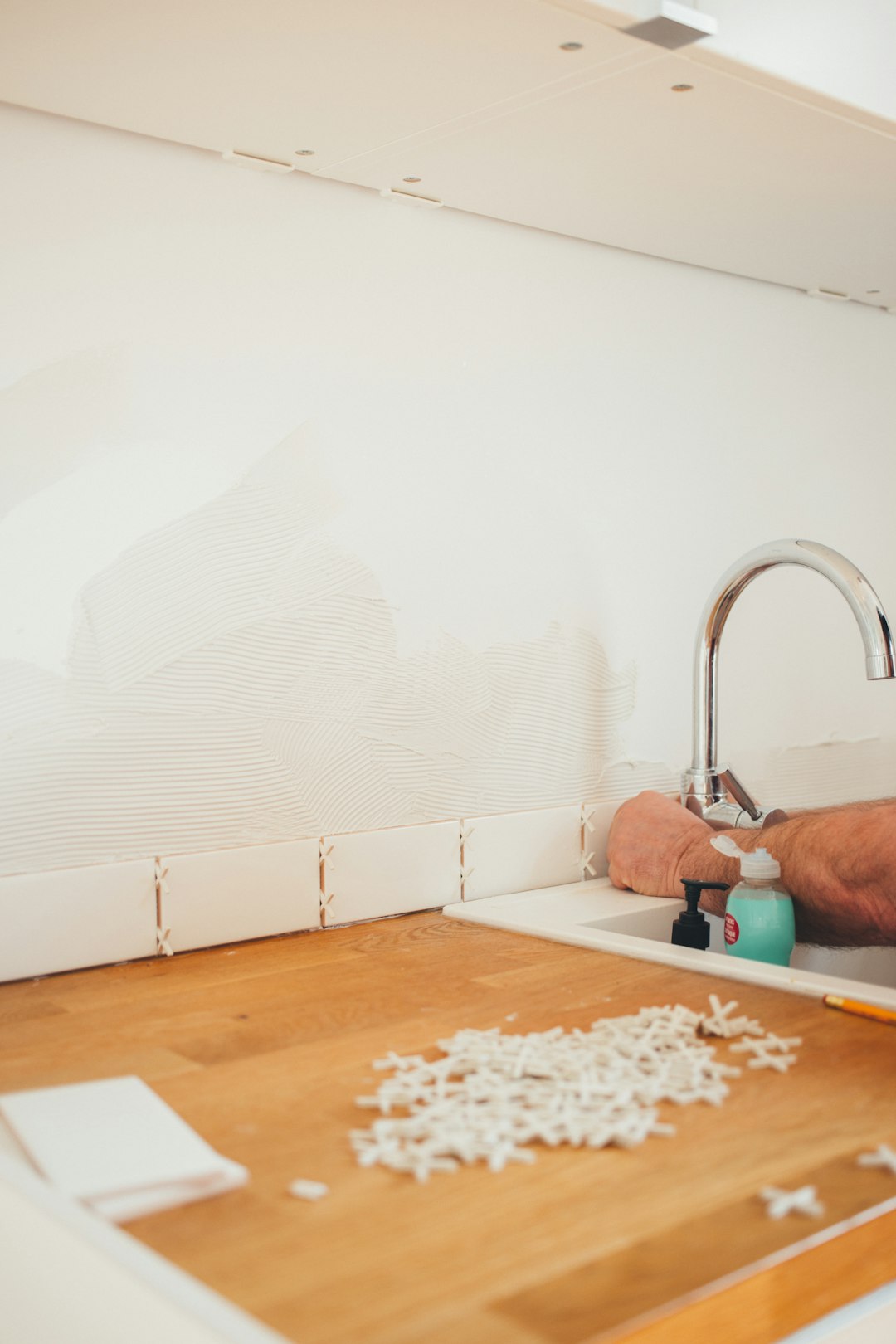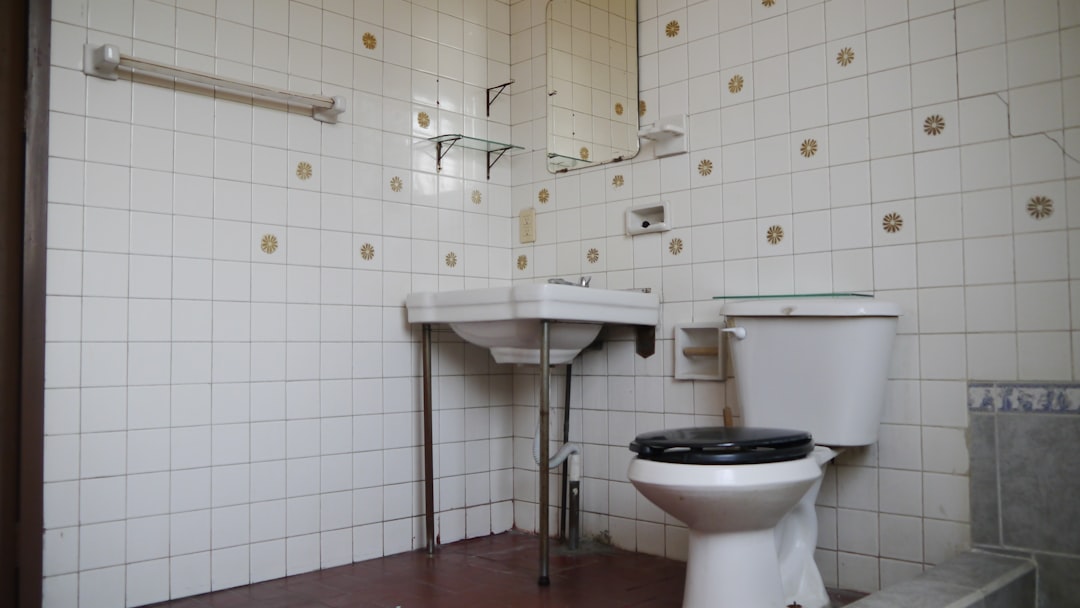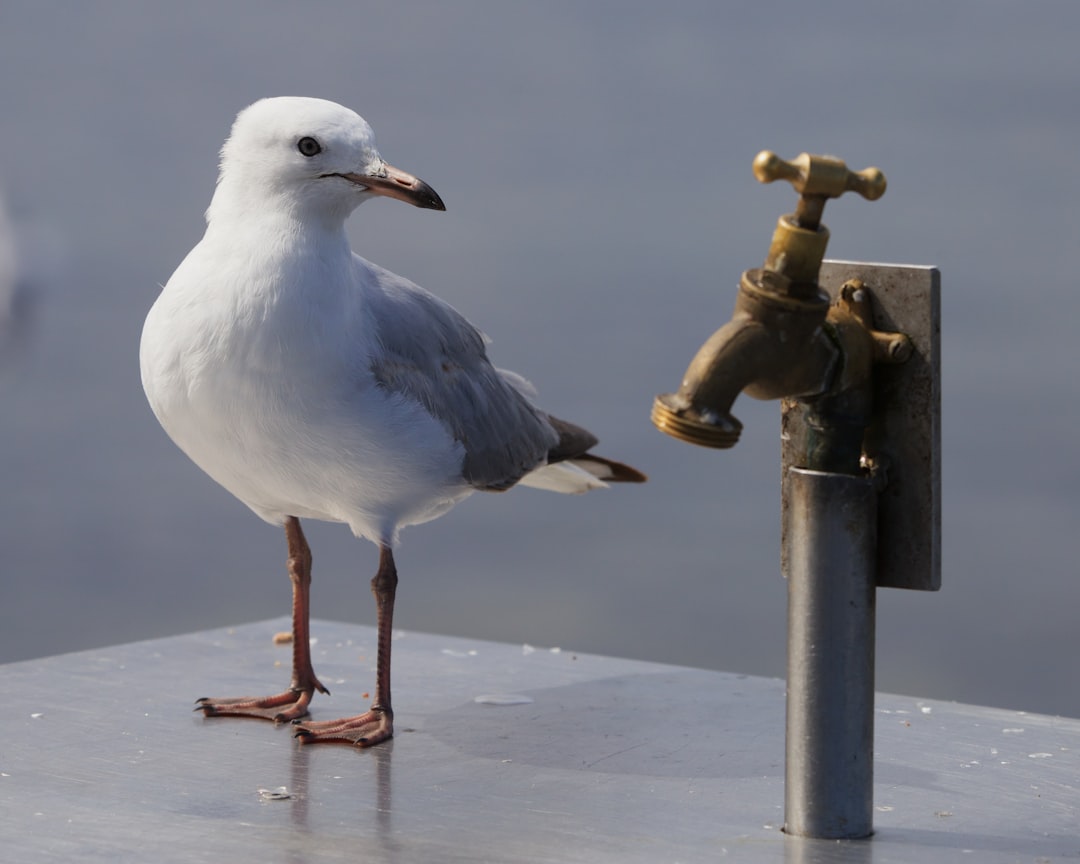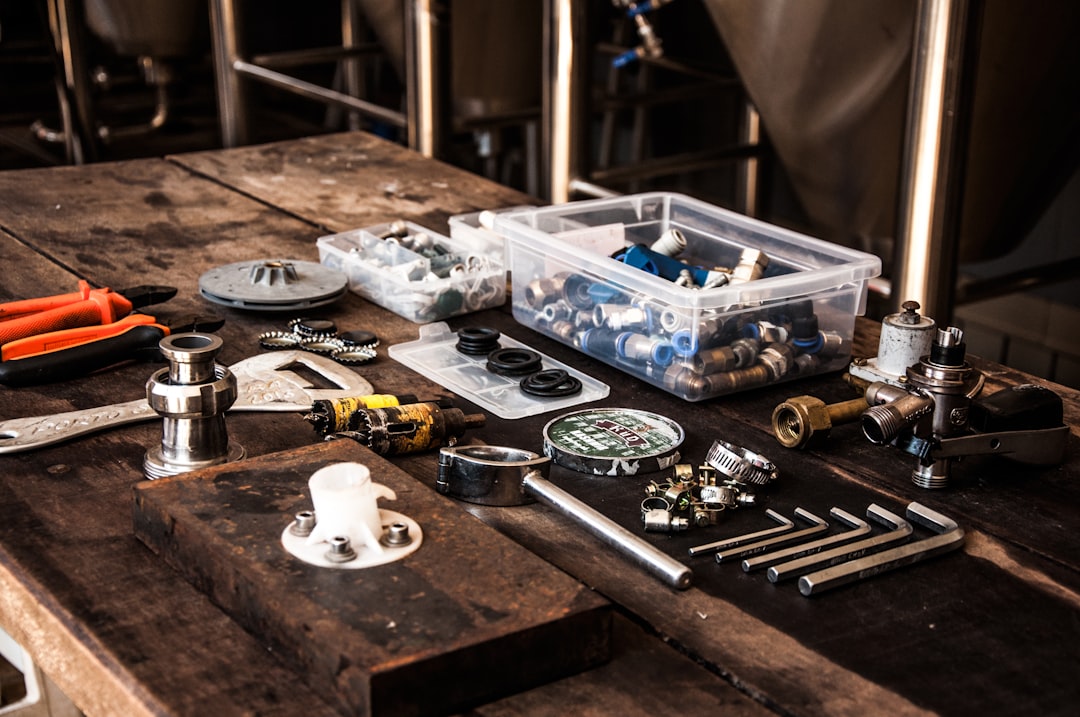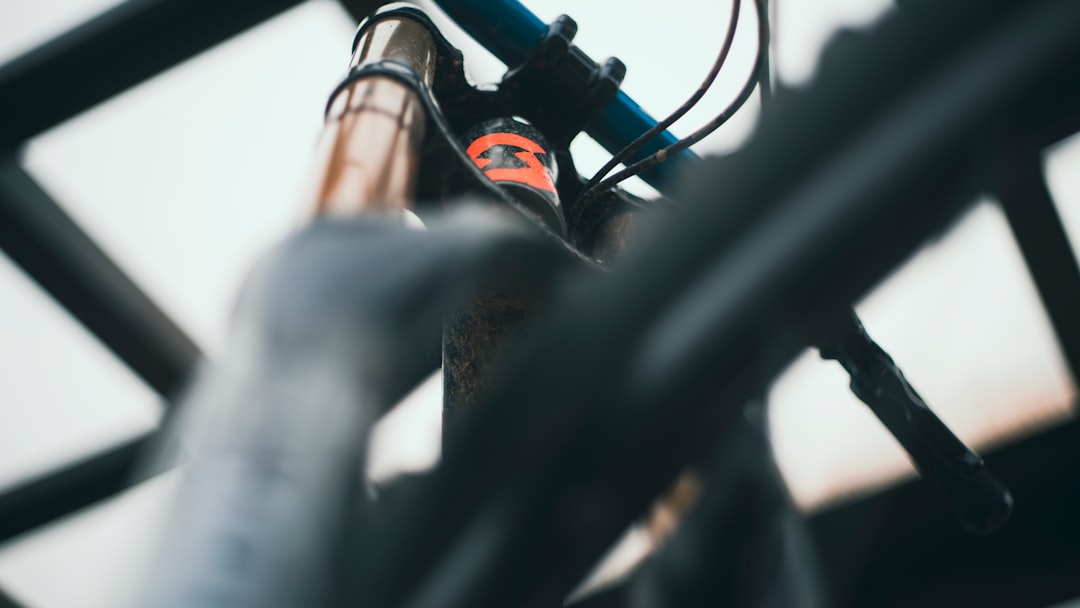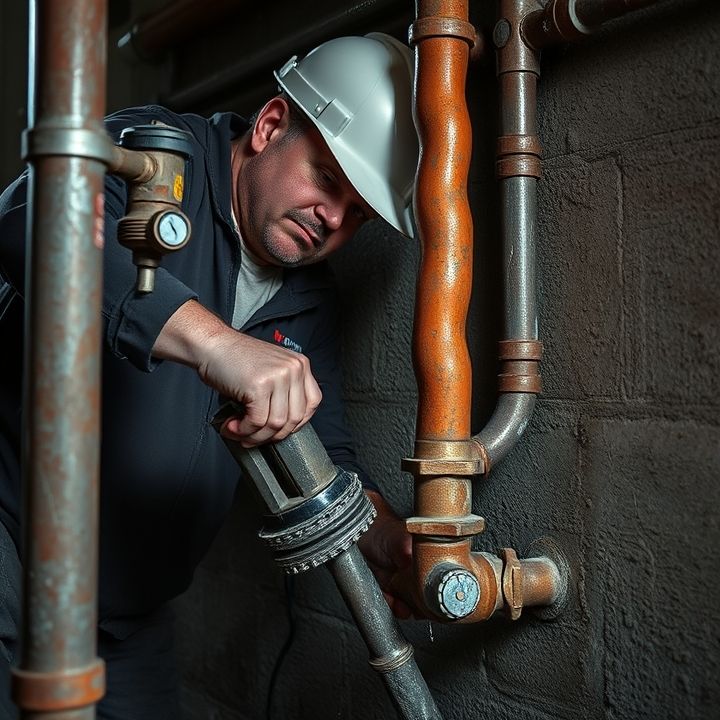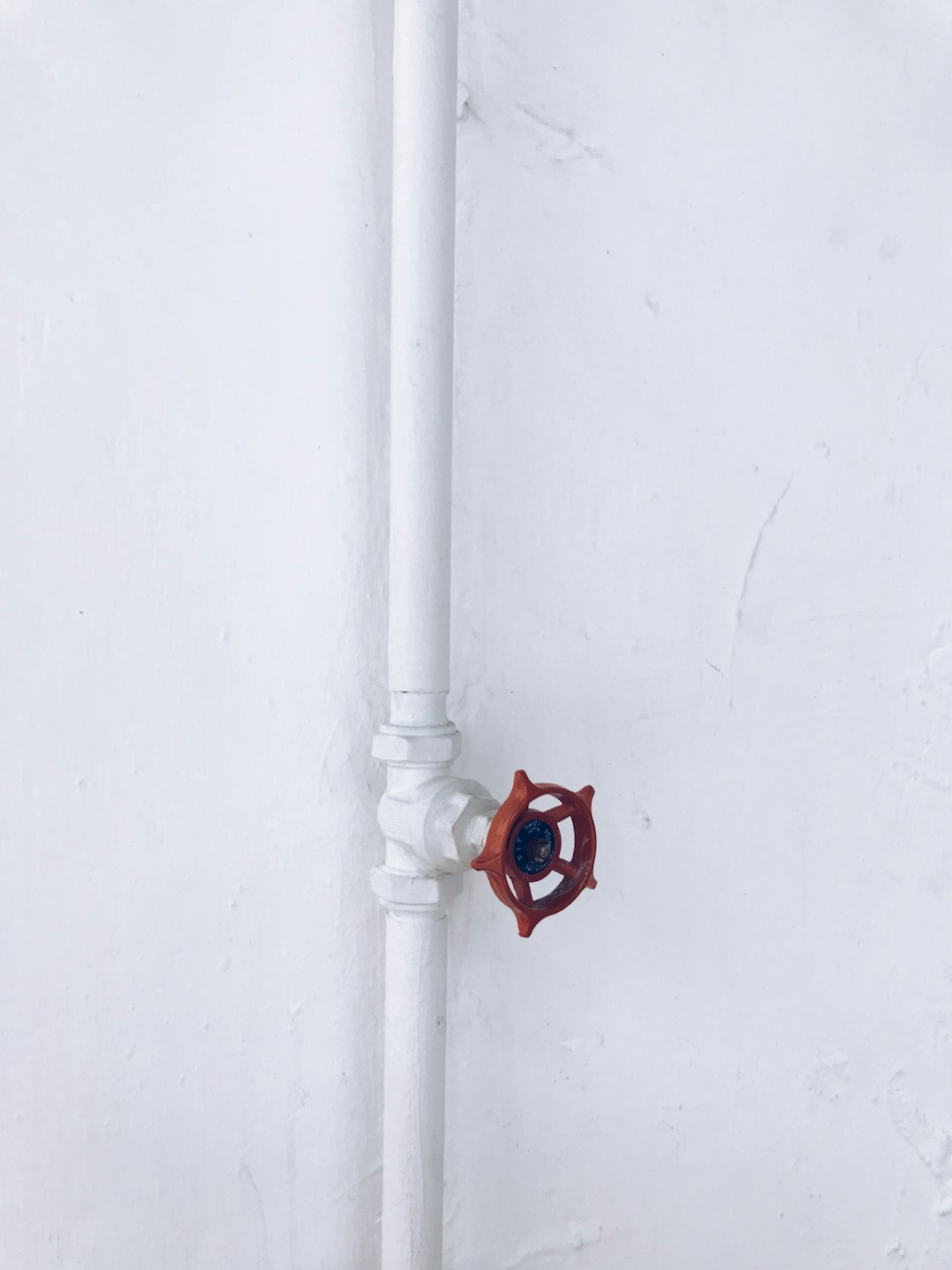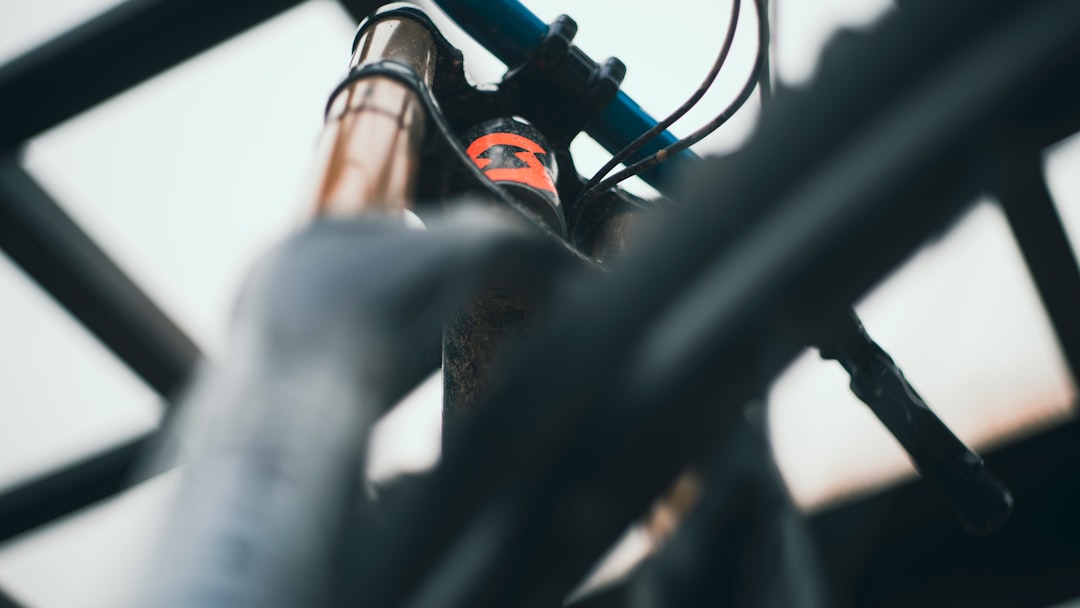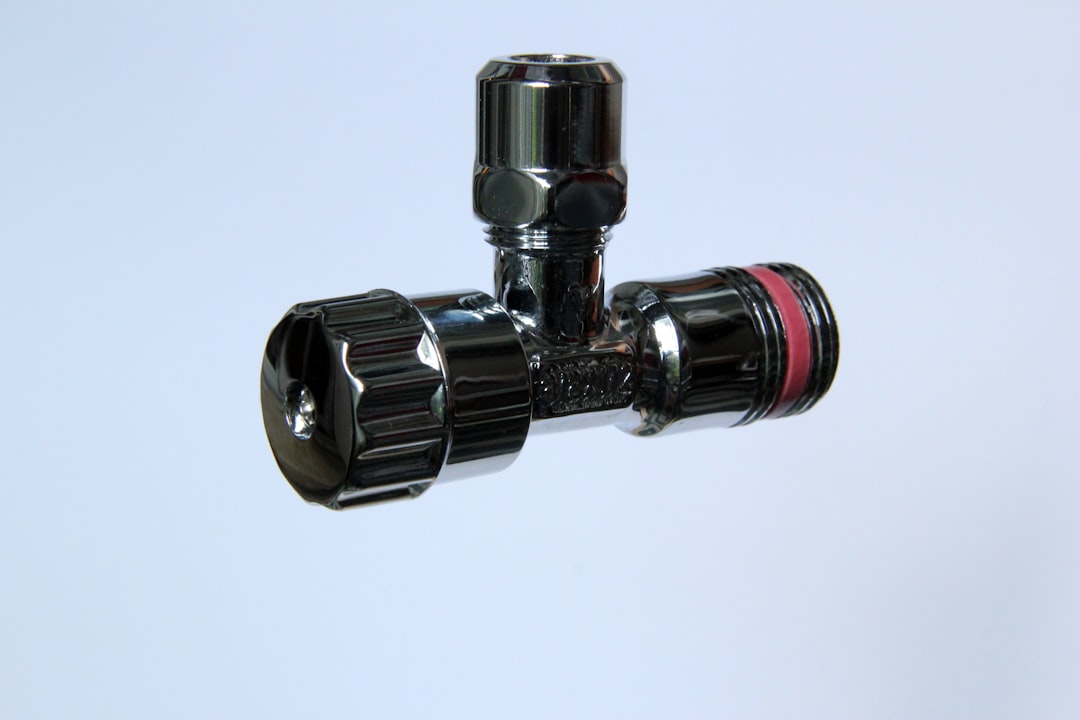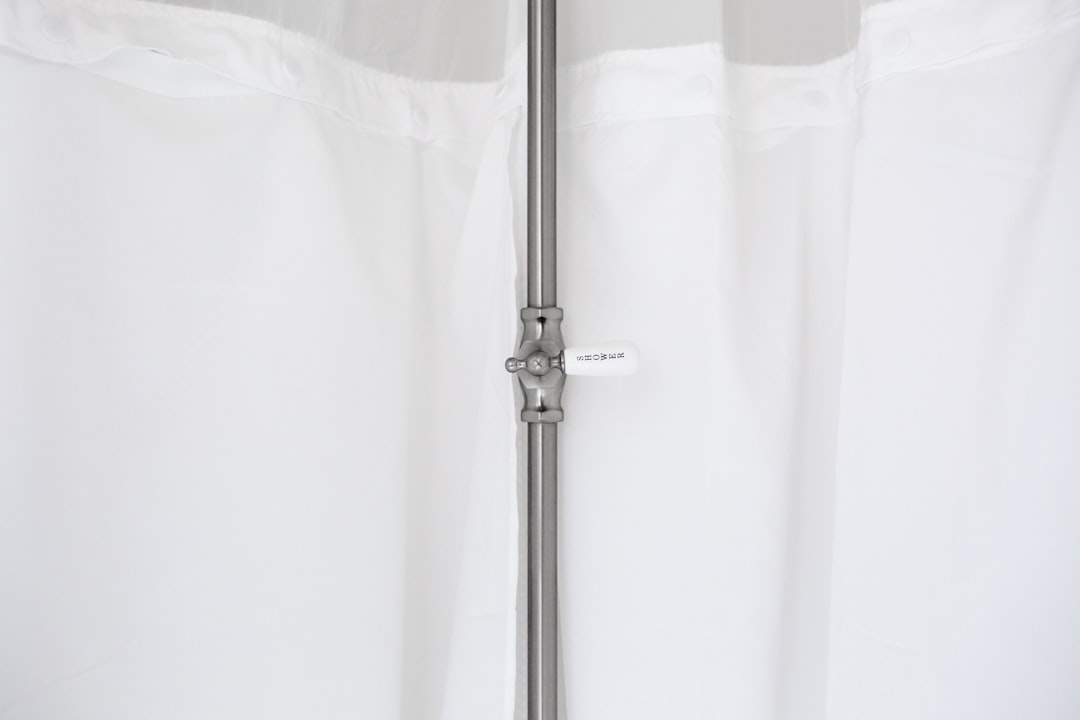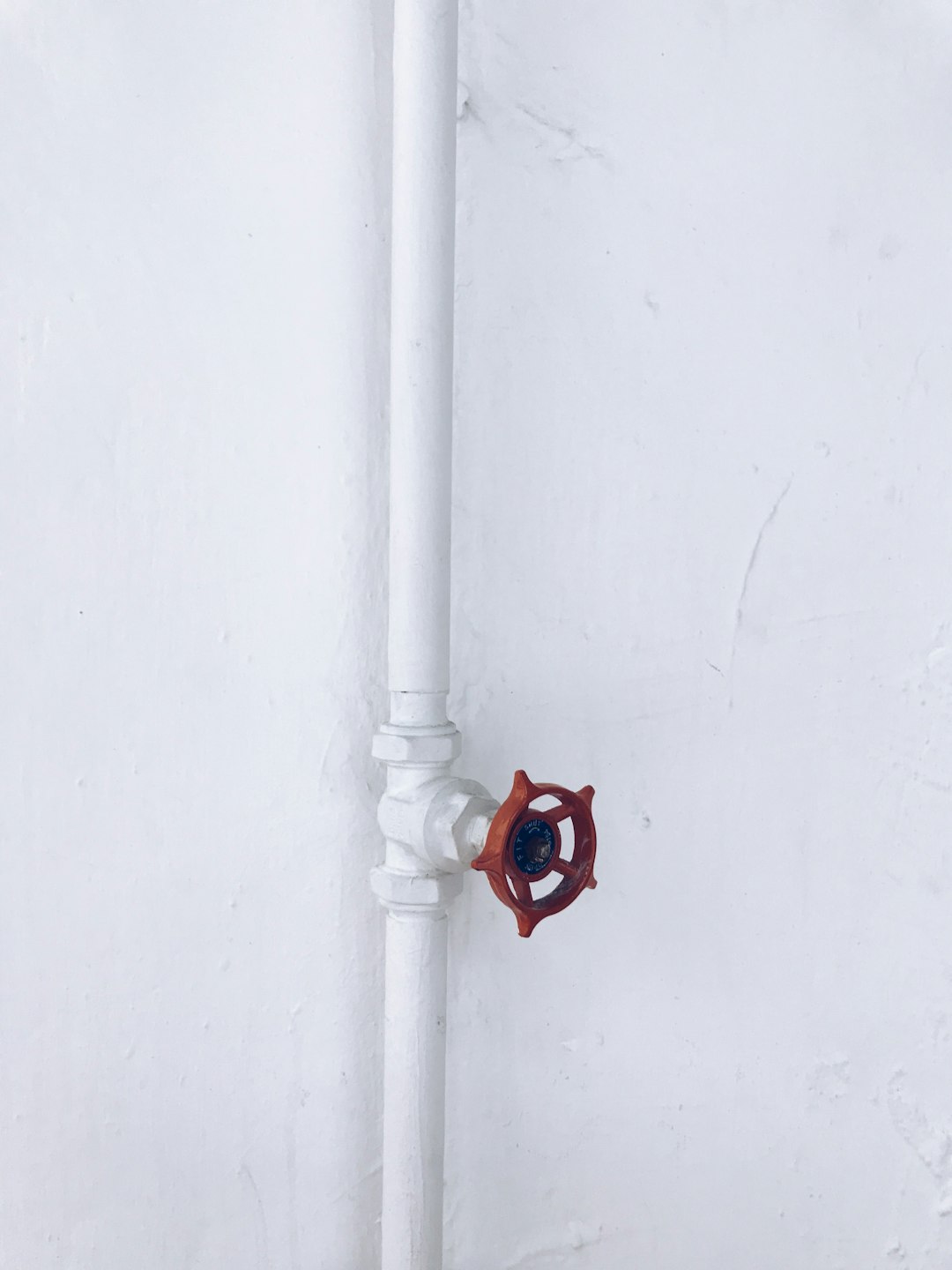Table of Contents
- Introduction
- Overview of plumber training requirements
- Duration of plumbing apprenticeship programs
- Educational courses and certifications
- On-the-job training and practical experience
- Factors influencing training duration
- Variations by region and local regulations
- Opportunities for specialization in plumbing
- Continuing education and skill advancement
- Conclusion
- Frequently Asked Questions
Introduction
Have you ever wondered what lies behind the sturdy walls and beneath the floors of your home? The intricate world of plumbing is often hidden, yet vital for our daily comforts.
Becoming a skilled plumber involves more than just understanding pipes and wrenches; it requires a commitment to learning, practical experience, and a touch of creativity in problem-solving. But just how long does it take to journey from novice to expert in this essential trade?
In a time when skilled tradespeople are in high demand, the path to becoming a plumber can seem daunting. Is it a matter of months, years, or somewhere in between? In this article, we will explore the various stages of plumbing training, from formal education to hands-on apprenticeships, shedding light on what aspiring plumbers can expect on their journey.
Whether you’re contemplating a career shift or simply curious about the profession, join us as we unclog the misconceptions surrounding the timeline of plumber training, revealing what it truly takes to master the craft.
Overview of plumber training requirements
Becoming a plumber requires a specific set of training and educational requirements to ensure proficiency in the field. Typically, aspiring plumbers start by completing a high school diploma or equivalent, which serves as the foundation for further education. Next, many choose to enroll in a formal plumbing program, often offered by community colleges or trade schools. These programs usually last between six months to two years and cover essential topics such as plumbing codes, system design, and safety practices.
Following formal education, individuals usually enter an apprenticeship program, which combines classroom instruction with hands-on training under the supervision of experienced plumbers. Apprenticeships typically last four to five years, allowing trainees to gain practical experience while earning a wage. During this time, apprentices learn about installations, repairs, and maintenance of plumbing systems, culminating in a well-rounded skill set.
In addition to training, many regions require plumbers to obtain a license, which may involve passing a certification exam that tests their knowledge and skills in plumbing practice.
Duration of plumbing apprenticeship programs
The duration of plumbing apprenticeship programs can vary based on several factors, including the region and the specific requirements of the training institution. Typically, these programs last anywhere from two to five years. During this period, apprentices usually split their time between classroom instruction and hands-on training under the supervision of licensed plumbers.
In many regions, a common structure involves about 144 hours of classroom education combined with 2,000 hours of on-the-job training each year. This allows apprentices to gain practical experience while also learning the theoretical aspects of plumbing, including plumbing codes, safety standards, and system design.
It’s noteworthy that some variations in duration may occur depending on the complexity of the curriculum or if apprentices choose to specialize in certain areas such as residential, commercial, or industrial plumbing. Additionally, those who complete pre-apprenticeship training programs may sometimes reduce the overall time required for apprenticeship programs. Ultimately, the goal of these programs is to ensure that apprentices are adequately prepared to pass licensing exams and perform plumbing tasks competently.
Educational courses and certifications
To become a plumber, aspiring candidates typically pursue a combination of educational courses and certifications that set the foundation for their careers. Many start with a high school diploma or equivalent, as basic math and science skills are essential. Following this, prospective plumbers can enroll in vocational schools or community colleges offering plumbing programs. These programs generally last from six months to two years and cover topics such as plumbing theory, safety practices, and hands-on training.
In addition to formal education, obtaining certifications can enhance a plumber’s qualifications. Many states require plumbers to pass a licensing exam, which often includes sections on plumbing codes, safety regulations, and practical applications. Some choose to complete apprenticeship programs, lasting about four to five years, where they gain on-the-job experience under the supervision of licensed plumbers. Additionally, specialized certifications in areas such as gas fitting, backflow prevention, or green plumbing can further improve job prospects and potential earnings.
On-the-job training and practical experience
On-the-job training is a crucial component of becoming a skilled plumber. This type of training usually follows the completion of a formal education program, such as a vocational course or apprenticeship. During this phase, aspiring plumbers gain hands-on experience under the supervision of experienced professionals. This practical experience is invaluable as it allows trainees to apply what they have learned in the classroom to real-world situations.
Typically, on-the-job training can last anywhere from a few months to several years, depending on the complexity of the plumbing systems being handled. Trainees learn a variety of skills, including installation, maintenance, and repair of plumbing systems, all while developing problem-solving abilities that are essential in the field. Working alongside seasoned plumbers, they receive guidance on safety practices, local building codes, and customer service, all of which are vital for successful plumbing operations.
Moreover, this hands-on experience not only builds technical skills but also fosters a deep understanding of the trade, which can significantly enhance the future plumber’s career prospects.
Factors influencing training duration
Several factors can influence the duration of training to become a plumber. Firstly, the type of educational program chosen can significantly affect the timeline. For instance, attending a vocational school may take around one to two years, while an apprenticeship can last from three to five years, combining practical experience with classroom instruction.
Another important factor is state requirements, as regulations vary across regions, influencing how long one must train before qualifying for licensure. Some states may require additional exams or continuing education, which can extend the training period.
Additionally, the individual’s prior experience and knowledge of plumbing systems can impact how quickly they complete their training. An individual with a background in construction or mechanical fields may find the learning curve less steep and finish training sooner.
Moreover, the availability of apprenticeship positions and job opportunities can also affect training duration, as candidates need to secure placements to gain practical experience.
Variations by region and local regulations
The duration of training to become a plumber can vary significantly based on region and local regulations. In some areas, the apprenticeship programs may last anywhere from three to five years, while others might offer expedited options that can shorten this timeframe. Local regulations play a crucial role in defining the prerequisites for becoming a licensed plumber. For instance, states such as California and New York have stringent certification requirements, which can extend the training period.
Moreover, regions with a high demand for skilled plumbers may offer accelerated programs to fill the gaps in the labor market. In contrast, rural areas might have fewer training opportunities available, potentially lengthening the time it takes for aspiring plumbers to complete their training. Additionally, some localities require prospective plumbers to undergo examinations that assess their knowledge of plumbing codes and practices, further influencing the duration of training.
Understanding these regional differences is essential for anyone considering a career in plumbing, as they highlight the importance of researching specific local requirements and opportunities.
Opportunities for specialization in plumbing
Opportunities for specialization in plumbing are abundant and can significantly enhance a plumber’s career prospects. Many plumbers choose to develop expertise in specific areas to cater to various market demands. One popular specialization is in residential plumbing, focusing on the installation and maintenance of plumbing systems in homes. Another area is commercial plumbing, which typically involves larger-scale systems in businesses and industrial settings.
Additionally, some plumbers may specialize in eco-friendly or green plumbing, emphasizing sustainable practices and materials. This is increasingly important as more clients look for ways to conserve water and energy. Other areas of specialization include pipefitting, which deals with the installation of piping systems, and steamfitting, which focuses on the design and installation of piping systems that carry steam and other substances.
Moreover, plumbers can also explore niches such as backflow prevention and cross-connection control, ensuring safe drinking water by preventing contamination. With continuous advancements in technology and growing concerns about environmental issues, plumbers who specialize are likely to find numerous opportunities in the ever-evolving plumbing industry.
Continuing education and skill advancement
Continuing education is an essential aspect of a plumber’s career development. The plumbing industry is constantly evolving with new technologies, codes, and techniques, making it imperative for plumbers to stay updated. Ongoing training helps professionals develop advanced skills and adapt to changes that impact their work. Many plumbers choose to enroll in workshops, seminars, or online courses to enhance their knowledge in specific areas like green plumbing practices, advanced pipefitting, or hydronics.
Additionally, obtaining certifications in specialized fields such as backflow prevention or medical gas installation can improve job prospects and increase potential earnings. Employers often encourage continuing education, recognizing that skilled employees contribute significantly to the overall success of the company. Some plumbers may also pursue formal education, such as an associate’s degree, to broaden their expertise. Investing in personal and professional development not only benefits individual plumbers but also enhances service quality and customer satisfaction in the plumbing industry.
Conclusion
In conclusion, while the journey to become a plumber involves significant time and dedication, typically spanning four to five years through education and apprenticeships, the rewards of this profession are substantial. Aspiring plumbers should be aware of the various training requirements, regional regulations, and specialization opportunities that can influence their path. With hands-on experience, ongoing education, and a commitment to skill advancement, new plumbers can set themselves up for a successful career in a field that is both financially rewarding and critical to community infrastructure. If you’re ready to take the first step toward your plumbing career or require assistance with plumbing needs, don’t hesitate to reach out. Call 573-555-2121 today for expert plumbing assistance and guidance!
